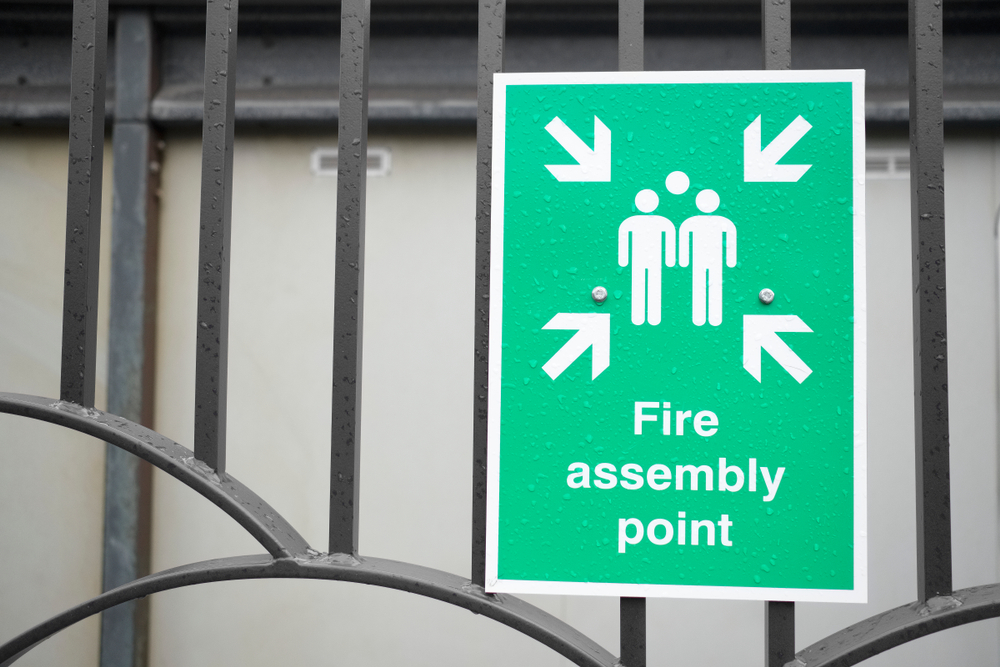NFCC responds to Government’s proposed revisions to its fire safety guidance for schools
- August 20, 2021
- 9:36 am


Iain Hoey
Share this content
The National Fire Chiefs Council (NFCC) has submitted a response to the Government’s proposed revisions to its fire safety guidance for schools in England.
Whilst there are proposals in the new guidance that NFCC support, disappointingly this new fire safety guidance is a retrograde step for safety in schools and we are calling for the government to work with us to make our schools safer.
NFCC Protection and Business Safety Committee Chair, Gavin Tomlinson stated “the proposed guidance represents a real lessening of standards in fire safety and provides a potential loophole that would allow building developers to follow alternative design guidance, circumventing the requirement for the fitting of sprinkler systems. Last year we called on the government to bring English standards in line with policies in Scotland and Wales, where sprinklers are mandatory in all new and substantially refurbished schools and this guidance falls well short of that”
The original guidance, when first released in 2007, acknowledged the important role of sprinklers and stated that “all new schools should have fire sprinklers installed except in a few low-risk schools”.
In addition to falling short on sprinklers, the draft guidance still allows for the use of combustible materials on external walls. Whilst it does propose the banning of cladding in new school buildings above 18m in height, this is tokenistic as very few schools are designed to this height.
NFCC Sprinkler Lead, Jonathan Dyson said: “School fires can be devastating and should not be underestimated. The use of sprinklers are proven to not only minimise the disruption to a pupil’s education, but also the impact on their family, the community and the wider education establishment. Schools are important community assets that need protecting.
These new sprinkler proposals are immensely disappointing and, if implemented without the changes we call for, represent a missed opportunity to make our schools safer.
At the moment there is a loophole which means that the number of new schools being built with sprinklers has reduced from 70% in 2007 to around 15%. This will continue to fall if the government does not mandate the use of the BB100 design guidance, that calls for sprinklers in all new and major refurbished school buildings.”
Read the consultation response in full here.



